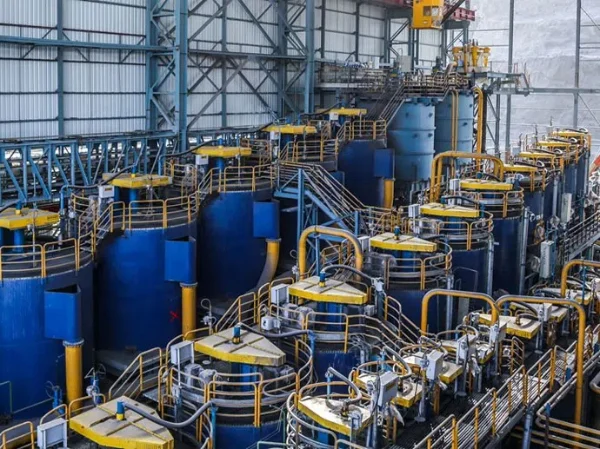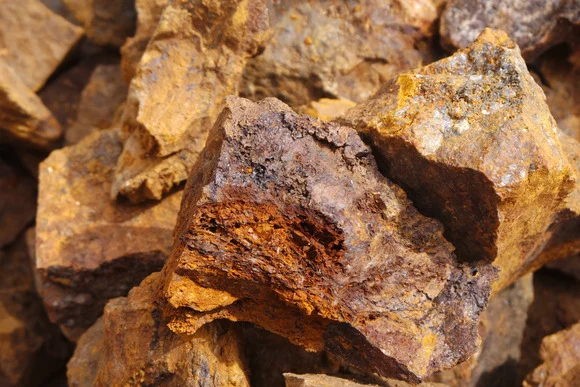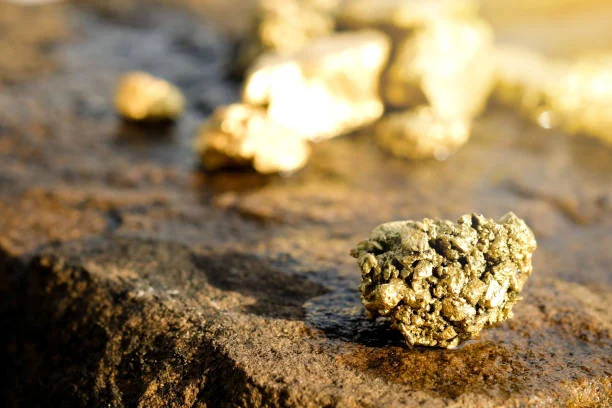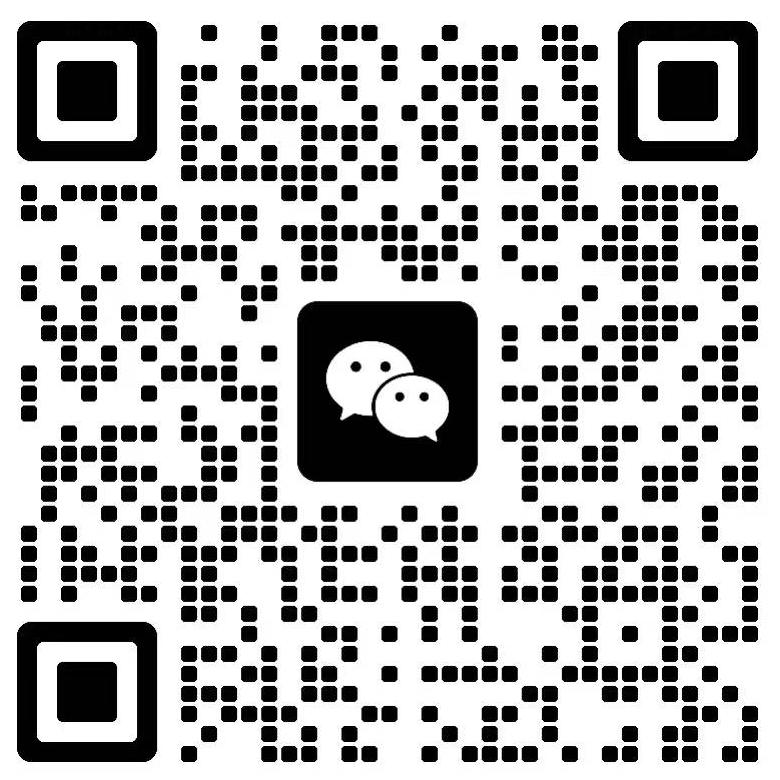
1. Introduction
In the field of gold ore beneficiation, maximizing the recovery of valuable metals while minimizing environmental impact is of great significance. The reselection tailings agitating cyanidation process has emerged as a crucial technique in achieving this goal. This process is mainly applied to treat the tailings remaining after the initial reselection process, aiming to extract additional gold and other precious metals that were not fully recovered in the previous stages.
2. Working Principle of Reselection Tailings Agitating Cyanidation Process
2.1 Reselection Process
The initial step involves the reselection of gold ores. Gold ores often contain gold particles with different sizes and densities. Reselection methods, such as using gravity separation equipment like jigs, shaking tables, and spiral chutes, take advantage of the density differences between gold and gangue minerals. In a typical gold ore, gold has a much higher density compared to the surrounding rock minerals. For example, in a certain gold ore deposit, the density of gold can be around 19.3 g/cm³, while the density of common gangue minerals like quartz is approximately 2.65 g/cm³. Through the action of gravity and fluid flow in the reselection equipment, the heavier gold particles settle or are separated more quickly, while the lighter gangue minerals are carried away. However, the reselection process cannot recover all the gold, and the resulting tailings still contain a certain amount of valuable metals, which become the raw materials for the subsequent agitating cyanidation process.
2.2 Agitating Cyanidation Process
The agitating cyanidation process is then applied to the reselection tailings. In this process, the tailings are mixed with a cyanide solution in an agitated tank. Cyanide, usually in the form of sodium cyanide (NaCN) or potassium cyanide (KCN), reacts with gold in the presence of oxygen. The chemical reaction can be simply expressed as: 4Au + 8NaCN + O₂ + 2H₂O → 4Na[Au(CN)₂] + 4NaOH. The agitation in the tank serves several important functions. Firstly, it ensures the uniform distribution of the cyanide solution and the tailings, maximizing the contact area between the two. Secondly, it helps to introduce oxygen into the solution, which is essential for the reaction to occur. The continuous agitation also prevents the sedimentation of the tailings particles, keeping them in suspension for better reaction efficiency.
3. Process Flow of Reselection Tailings Agitating Cyanidation
3.1 Preparation of Tailings
After the reselection process, the tailings need to be properly prepared for the agitating cyanidation. This may involve further grinding to reduce the particle size of the tailings. Smaller particle sizes can increase the surface area of the gold-containing minerals, making them more accessible to the cyanide solution. For instance, if the original tailings particle size is relatively large, say around 100 - 200 mesh, after grinding, it can be reduced to 200 - 325 mesh. This finer particle size can significantly enhance the leaching rate of gold. Additionally, the tailings may need to be adjusted in terms of their pulp density. The optimal pulp density for the agitating cyanidation process usually ranges from 30% - 50% solids by weight. Adjusting the pulp density ensures the proper fluidity of the slurry in the agitated tank and also affects the reaction kinetics.
3.2 Cyanide Leaching in Agitated Tanks
The prepared tailings are then fed into agitated tanks along with the cyanide solution. Multiple agitated tanks are often arranged in series. In the first tank, the initial contact between the cyanide solution and the tailings occurs. As the slurry moves from one tank to the next in the series, the reaction progresses. The residence time of the slurry in the agitated tanks is an important parameter. Generally, a residence time of 24 - 48 hours is required to achieve a relatively high gold leaching rate. During this time, the continuous agitation promotes the reaction between the cyanide and gold, gradually dissolving the gold in the tailings into the solution.
3.3 Solid - Liquid Separation
After the cyanide leaching process in the agitated tanks, the slurry contains a mixture of solid gangue particles and the gold - bearing solution. Solid - liquid separation is then carried out. Common methods for solid - liquid separation include the use of thickeners and filters. Thickeners use gravity to settle the solid particles, and the clear supernatant, which contains the gold - bearing solution (also known as pregnant solution), is removed from the top. Filters, such as vacuum filters or pressure filters, can further separate the solid and liquid phases more effectively. The separated solid residue, which still contains a small amount of cyanide and other impurities, needs to be properly treated to meet environmental standards.
3.4 Gold Recovery from Pregnant Solution
The gold - bearing pregnant solution obtained from the solid - liquid separation step is then processed to recover the gold. One common method is the zinc replacement method. In this method, zinc powder or zinc shavings are added to the pregnant solution. Zinc is more electrochemically active than gold, so it can displace gold from the gold - cyanide complex in the solution. The chemical reaction is as follows: 2Na[Au(CN)₂] + Zn → Na₂[Zn(CN)₄] + 2Au. The precipitated gold particles can then be further processed, such as through filtration and smelting, to obtain pure gold. Another method for gold recovery is the activated carbon adsorption method. Activated carbon has a large surface area and strong adsorption capacity. When the pregnant solution passes through a column filled with activated carbon, the gold - cyanide complex is adsorbed onto the surface of the activated carbon. The gold - loaded activated carbon can then be desorbed and processed to recover the gold.
4. Advantages of Reselection Tailings Agitating Cyanidation Process
4.1 High Gold Recovery Rate
By combining the reselection and agitating cyanidation processes, a higher overall gold recovery rate can be achieved. The reselection process first recovers the coarser - grained gold particles, and the subsequent agitating cyanidation process targets the finer - grained gold and the gold that was not fully liberated during the initial stages. For example, in some gold mines, the application of this combined process has increased the gold recovery rate from around 70% - 80% using only a single - stage process to over 90%. This significant improvement in gold recovery not only increases the economic value of the ore but also reduces the amount of gold left in the tailings, which is beneficial for resource conservation.
4.2 Adaptability to Different Ore Types
The reselection tailings agitating cyanidation process shows good adaptability to various types of gold ores. Whether it is oxide - type gold ore, sulfide - type gold ore, or a mixture of both, this process can be adjusted to achieve effective gold extraction. For oxide - type gold ore, which is relatively easier to leach, the agitating cyanidation process can directly dissolve the gold. For sulfide - type gold ore, although the sulfide minerals may initially interfere with the cyanidation reaction, through proper pretreatment such as roasting or flotation to remove or modify the sulfide minerals, the subsequent agitating cyanidation of the reselection tailings can still achieve satisfactory gold recovery.
4.3 Cost - effectiveness
In terms of cost - effectiveness, this process has certain advantages. The reselection process is relatively simple and has a lower operating cost. By first removing a significant amount of gangue minerals through reselection, the amount of material that needs to be processed in the subsequent agitating cyanidation process is reduced. This reduces the consumption of cyanide and other reagents, as well as the energy required for agitation and processing. Additionally, the higher gold recovery rate obtained from this combined process means that more gold can be produced from the same amount of ore, increasing the revenue of the mining operation and offsetting the costs associated with the additional processing steps.
5. Environmental Considerations
5.1 Cyanide Management
One of the main environmental concerns in the agitating cyanidation process is the use of cyanide. Cyanide is a highly toxic substance, and proper management is crucial to prevent environmental pollution. In modern mining operations, strict measures are taken to control the use, storage, and disposal of cyanide. For example, double - lined storage tanks are used to store cyanide solutions to prevent leakage. In the process, the concentration of cyanide in the solution is carefully monitored and adjusted to ensure that it is sufficient for the reaction but does not exceed the necessary amount. After the gold recovery process, the remaining cyanide in the solution and the solid residue needs to be properly treated. One common method is cyanide destruction. Chemicals such as sulfur dioxide and air can be used to convert free cyanide and cyanide in metal complexes to less toxic cyanate through the Inco process, as mentioned earlier.
5.2 Solid Waste Disposal
The solid residue generated after the solid - liquid separation in the agitating cyanidation process also requires proper disposal. Although the amount of solid waste is reduced compared to not using the reselection process first, it still contains some impurities and trace amounts of cyanide. The solid waste is usually sent to a tailings dam for disposal. Before disposal, measures may be taken to reduce its toxicity and environmental impact. For example, the solid waste may be subjected to further treatment to remove or immobilize any remaining cyanide. Additionally, the tailings dam is designed with proper lining and drainage systems to prevent the leakage of harmful substances into the soil and groundwater.
6. Conclusion
The reselection tailings agitating cyanidation process plays a vital role in the gold ore beneficiation industry. By effectively combining the advantages of reselection and agitating cyanidation, it can achieve high gold recovery rates, adapt to different ore types, and be cost - effective. However, it is essential to address the associated environmental concerns, especially regarding cyanide management and solid waste disposal, to ensure sustainable development in the mining industry. With continuous technological advancements and improvements in environmental protection measures, this process is expected to continue to contribute significantly to the efficient extraction of gold resources while minimizing its impact on the environment.
- Random article
- Popular articles
- Popular comments
- Iron ore positive flotation process
- Iron Ore Combined Beneficiation Process
- How to Extract Gold Using Mercury
- Prioritized Flotation Process for Lead-zinc Ore
- Sulfide Ore Nickel Ore Mixed Flotation Process
- Laterite Nickel Ore Hydrometallurgical Process for Oxide Ore
- Lithium ore reverse flotation process















Leave a message with your needs or comments
Add comment: